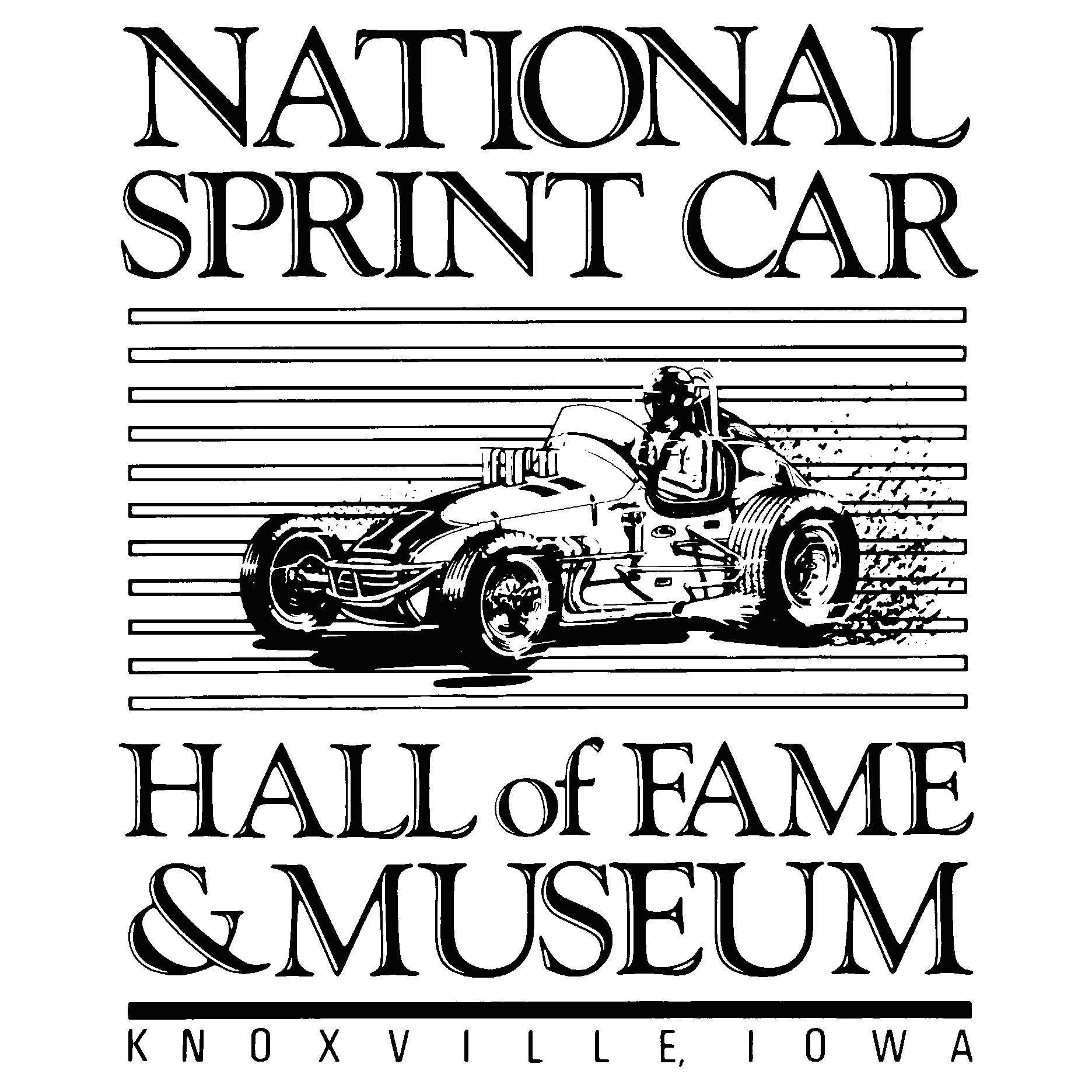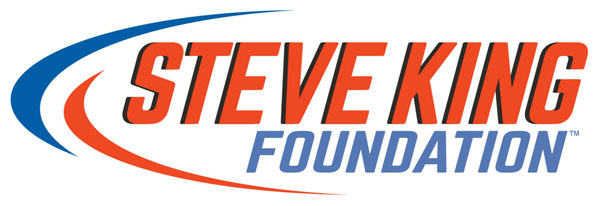NASCAR’s PJ1 dilemma continues to be a sticky situation
Photo by Toyota Racing
During the Camping World Truck race on Saturday, Dale Earnhardt Jr. questioned the continued benefits of PJ1 at Texas Motor Speedway.
Depending on the track, the temperature, and the application, the “sticky stuff” can be a help or a hindrance. For venues that have evolved into single-groove tracks with the current car, the proper amount and location of PJ1 or TrackBite can certainly enhance the racing product.
But when track maintenance misses the mark, the competitors struggle to adapt. The PJ1 discussion was a hot topic among the drivers last month at Charlotte Motor Speedway and continued this past weekend at the Speedway Motorsports sister track.
Earnhardt, who scored wins on the 1.5-mile track in both the NASCAR Cup and Xfinity Series before becoming an analyst for NBC Sports, tweeted: “I wonder if Texas surface is now to the point that the PJ1 is keeping drivers from actually going higher and using top grooves. It looks quite faded and aged. Might be time to see about that.”
Before running the All-Star Race, Denny Hamlin replied, “Yes sir,” to Earnhardt’s tweet. Jeb Burton, who raced for JR Motorsports last season and currently drives the No. 10 at Kaulig Racing, responded, “It’s ice up there for sure.”
After racing in the All-Star Open, Aric Almirola noticed a difference in the surface between the first stage and the third, which he won.
“The track is so gripped up in the PJ1, once it activated,” Almirola said. “At the beginning of the race it was really sketchy up there. On that restart, at the end of Stage 1, I wasn’t sure what to do and I chose (to line up) behind Tyler (Reddick) and I didn’t take the top. My gut was telling me to take the top, but I was so skeptical of that outside lane in Turns 1 and 2.”
Throughout the All-Star Race, reports continued between drivers, crew chiefs, and spotters as to who and where a driver might derive an advantage from using the PJ1. Tab Boyd, who spots for William Byron, certainly noticed the difference as temperatures dropped and the laps wound down. He told his driver before the final round to stay in the PJ1 because when Byron drifted out of the “black” he would lose five car lengths.
Kyle Larson, who appears fast wherever he runs, added to the debate following his second All-Star win.
“Yeah, I saw Dale Jr., I think he tweeted something about maybe it's time to either not put it down or potentially move it up the racetrack, and I would kind of agree with that now after running,” Larson said. “It gets so grippy, and we know that it's got so much grip, I think it's almost too low and too fast in (Turns) 1 and 2. (In Turns) 3 and 4, I don't know if we'll be able to move up much more than where we were at already.
“I think for sure I would like to see coming back in the fall—I don't really know what the weather will be like. If it's colder, then, yeah, for sure I think we probably need to move it up some. But, yeah, it was a ton of grip up there for sure. (Turns) 3 and 4 it's so easy to run that you don't really even notice the VHT.”
Kyle Busch has raced with PJ1 in all three of NASCAR’s top tours. After winning the Xfinity Series race on Saturday afternoon, Busch offered his opinion on how the application varies from track to track on a weekly basis.
“Charlotte was super, super slick to get in it,” Busch said. (Texas on Saturday) was kind of slick to get in it, but it warmed up a little bit there during the track race—and then in the Xfinity race was really fast during the mid-portion of the race. I ripped off some laps that were super fast at the end of Stage 2. Then it kind of went away after that. Bristol, obviously putting it around the bottom, that’s a completely different feeling going through it with your left sides (tires) than it is the rights.
“So I don't know. It’s hard to say. I feel like we need to find something different. We need to find something that adds grip—oh, I know what adds grip—softer tires, that’s right. But we need to find something that adds grip, that wears out, that you can search for more of it and it gives you what you’re looking for.
“This one here, kind of clumped up here (on Saturday). I think it’s the tire combination with whatever is going on out there—because it did the same thing last year. So I’m sure it’s the same mixture. I’m not sure if it’s the same mixture as it was at Charlotte. At Charlotte, it doesn’t clump up.”
While drivers yearn for consistency, often the track promoters and sanctioning body find that unpredictability creates a better racing product. Since 2016, SMI has used the compound at Bristol, Charlotte, Texas, and New Hampshire Motor Speedways to mixed reviews from the drivers.
Busch believes in the right time and place, PJ1 can be beneficial. Like any experiment, the recipe has to be right.
“I think (PJ1) makes it a bit more interesting,” Busch added. “You can definitely look at—I don’t know from a fan’s perspective, but from a driver’s perspective you have to think, ‘Do you want to use it? Do you want to get in it? Do you want to get in it all the way? Do you want to use it with two tires? Do you want to use it on entry, not on exit?’
“I will say, OK, at Loudon, I feel it’s a huge benefit at Loudon. When we all use it there, I think it’s really exciting on restarts. I think it’s really great when it’s fresh. But as it wears out, it kind of becomes more dull to the race you’re putting on. So it’s like you have to re-spray halfway through, but that would be hard to do.”

.png)





